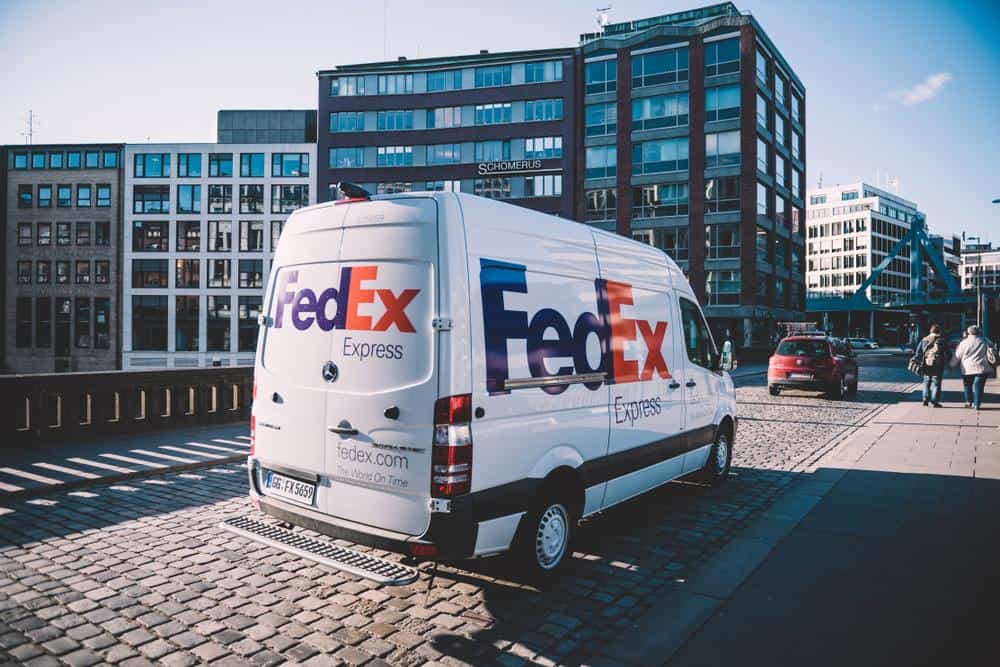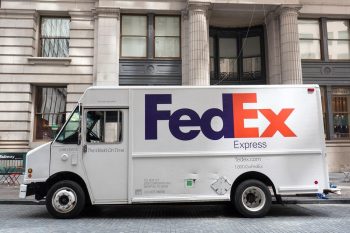
FedEx, a leading global courier delivery services company, is renowned for its efficient and timely services. However, there are times when FedEx might not work as expected, causing disruptions to its services. These disruptions can range from website issues and package tracking problems to delivery issues and other unforeseen circumstances. In this comprehensive guide, we’ll delve into the reasons why FedEx might not be working and provide solutions to these challenges.
FedEx may not be working due to a variety of reasons such as website issues, package tracking problems, delivery issues, technical glitches, service disruptions due to weather conditions or operational delays, high-demand periods like holidays, internal company issues, and international shipping complications. If you’re experiencing problems, it’s recommended to contact FedEx’s customer service for specific information and assistance.
Website Issues
There are instances when users have reported problems with the FedEx website, such as slow loading times, error messages, or the website not working properly. This could be due to server issues, maintenance, or other technical problems. If the website is down, it could affect various services, including package tracking and online payments.
Package Tracking Issues
Sometimes, users may find that their package tracking is not working. This could be because the package is still at the shipper’s original location and has not been updated yet. It’s also possible that the package is in transit to the next location where it will be scanned and/or delivered, which could explain why there are no new updates.
Delivery Issues
There have been reports of delivery issues, such as packages not being delivered as expected or packages being marked as delivered but not found by the recipient. These issues could be due to various factors, such as logistical challenges, incorrect delivery addresses, or other unforeseen circumstances.
Technical Issues
FedEx’s services could also be impacted by technical issues. For example, there could be compatibility issues with certain web browsers, or there could be problems with FedEx’s web servers.
If you’re experiencing issues with FedEx, it’s recommended to contact their customer service for assistance. They can provide more specific information and help resolve any problems you’re facing.
FedEx Service Disruptions
FedEx service disruptions can occur due to a variety of reasons. Some of the most common causes include:
- Weather-related delays
- Operational delays
- Increased volume due to online shopping
- Incorrect or missing documentation
- Illegal or hazardous materials
- Recipient unavailability
- Holiday surge
- Staff shortage
- Poor carrier performance
- Global events
FedEx strives to deliver packages on time, but these factors can sometimes lead to unavoidable delays. FedEx typically provides updates on service disruptions on their website and through their customer service channels.
FedEx and Weather Impact
FedEx has a team of meteorologists who monitor weather conditions 24/7. They use sophisticated technology to track storms and other severe weather events. This information is used to reroute packages and adjust delivery schedules as needed. In extreme cases, FedEx may temporarily suspend service in certain areas.
FedEx During High-Demand Periods
During holidays and other high-demand periods, FedEx experiences a surge in package volumes. To handle this increased demand, FedEx implements several strategies, including increasing its workforce, enhancing its service offerings, and leveraging technology to ensure seamless operations.
However, high-demand periods can also put pressure on FedEx’s efficiency. For instance, during times of elevated volumes, high demand for capacity, and increased operating costs across its network, FedEx may implement Demand surcharges.
FedEx and Internal Company Issues
Yes, internal company issues can cause FedEx to stop working or experience disruptions in its operations. For example, FedEx has faced challenges due to its own shortcomings, such as failing to adapt to changing market conditions and confronting market realities coming out of the Covid pandemic.
The Role of Technology in FedEx’s Operations
Technology plays a crucial role in FedEx’s operations, as it helps the company maintain efficiency, speed, and innovation in its services. FedEx leverages technology in various aspects of its operations, including artificial intelligence (AI), automation, and the Internet of Things (IoT) .
Technical issues can significantly impact FedEx’s services, as they may cause service disruptions or affect customers. For example, technology and network updates or issues can lead to delays in package deliveries or problems with tracking systems.
How FedEx Handles International Shipping Complications
While the specifics of how FedEx handles international shipping complications may vary, FedEx, like many international shipping companies, has systems in place to handle complications that may arise during the shipping process. These may include customs clearance procedures, tracking systems, customer service support, and insurance options for lost or damaged goods.
Communicating with Customers During Service Disruptions
FedEx communicates with customers during service disruptions through various channels and methods, including service alerts, automatic notifications, FedEx Delivery Manager, proactive customer service notifications, and email updates.
In the event of a service disruption, FedEx advises customers to check their active service alerts, contact the recipient to make sure they’re able to receive a package in the event of a shipping delay, and allow for extra shipping time to compensate for delays.
Preventing Service Interruptions and Ensuring Timely Deliveries
FedEx takes several measures to prevent service interruptions and ensure timely deliveries. These measures are designed to handle a variety of potential disruptions, including weather-related events, operational issues, and customs delays.
In the event of disruptions that are beyond FedEx’s control, such as severe weather conditions or customs delays, FedEx designates these on their website as a “shipment exception”. In such cases, FedEx will attempt to deliver the package as soon as possible.
Conclusion
While FedEx strives to provide reliable and efficient services, there are instances when disruptions may occur. Understanding the potential causes of these disruptions and the measures FedEx takes to address them can help customers navigate these challenges and ensure their packages are delivered on time.
Frequently Asked Questions
What should I do if my FedEx package is marked as delivered but I can’t find it?
If your FedEx package is marked as delivered but you can’t find it, you should first check all potential delivery locations at your address. If you still can’t find the package, you should contact FedEx customer service. They can start a trace on the package and work with the delivery driver to recall more details about the delivery.
What should I do if the FedEx website isn’t working?
If the FedEx website isn’t working, try clearing your browser’s cache and cookies or try a different browser or device. If the website still isn’t working, it’s likely a problem on FedEx’s end, and you should try again later.
What is a “shipment exception” on FedEx?
A “shipment exception” occurs when a package is temporarily delayed while in transit. This could be due to weather, customs delays, or other unforeseen circumstances. FedEx will attempt to deliver the package as soon as possible.
How does FedEx handle increased demand during the holiday season?
FedEx prepares for the holiday season by increasing its workforce, enhancing its service offerings, and leveraging technology to ensure seamless operations. However, high-demand periods can put pressure on FedEx’s efficiency and may lead to service disruptions or demand surcharges.
How does FedEx handle international shipping complications?
FedEx has systems in place to handle complications that may arise during international shipping. These may include customs clearance procedures, tracking systems, customer service support, and insurance options for lost or damaged goods.











